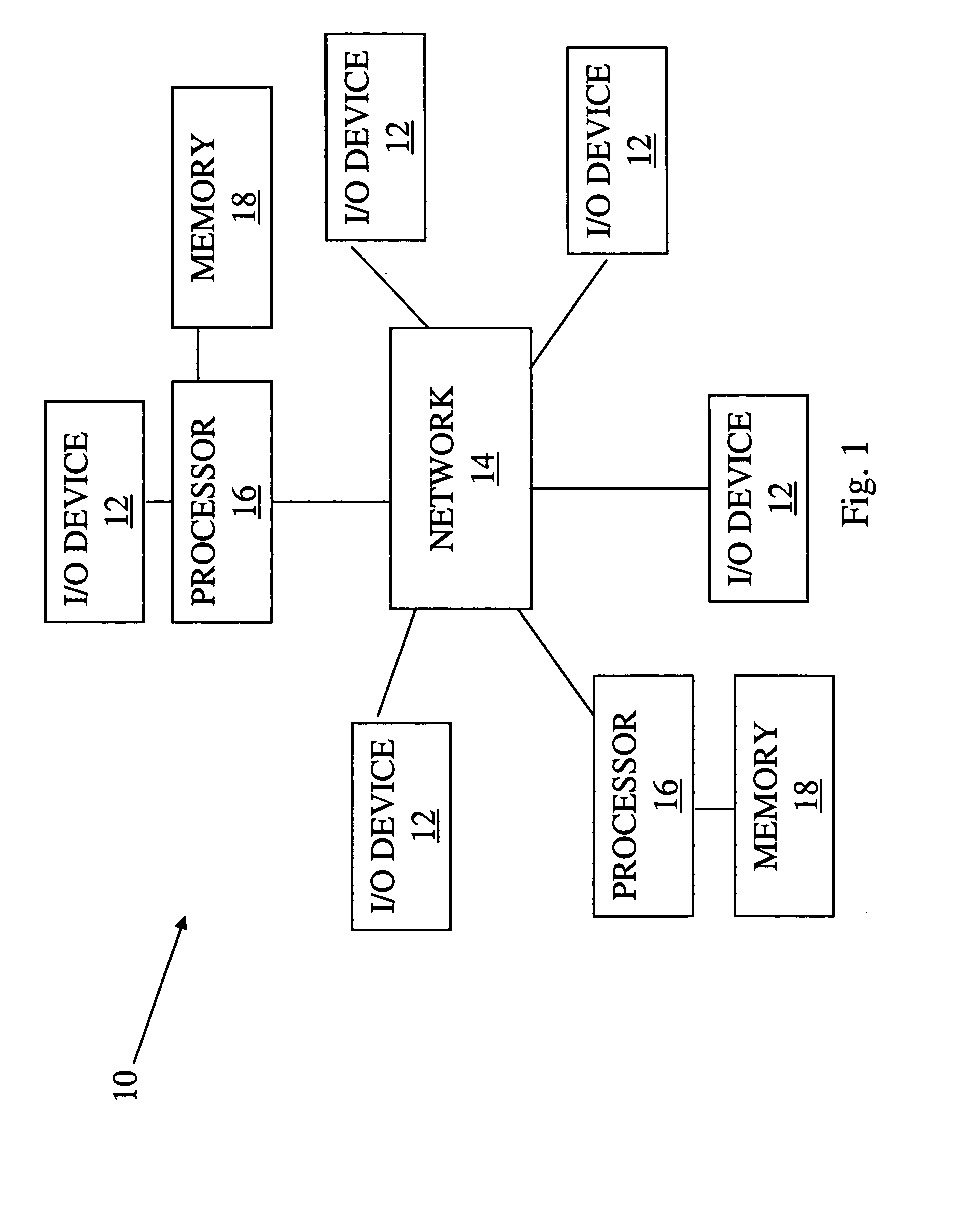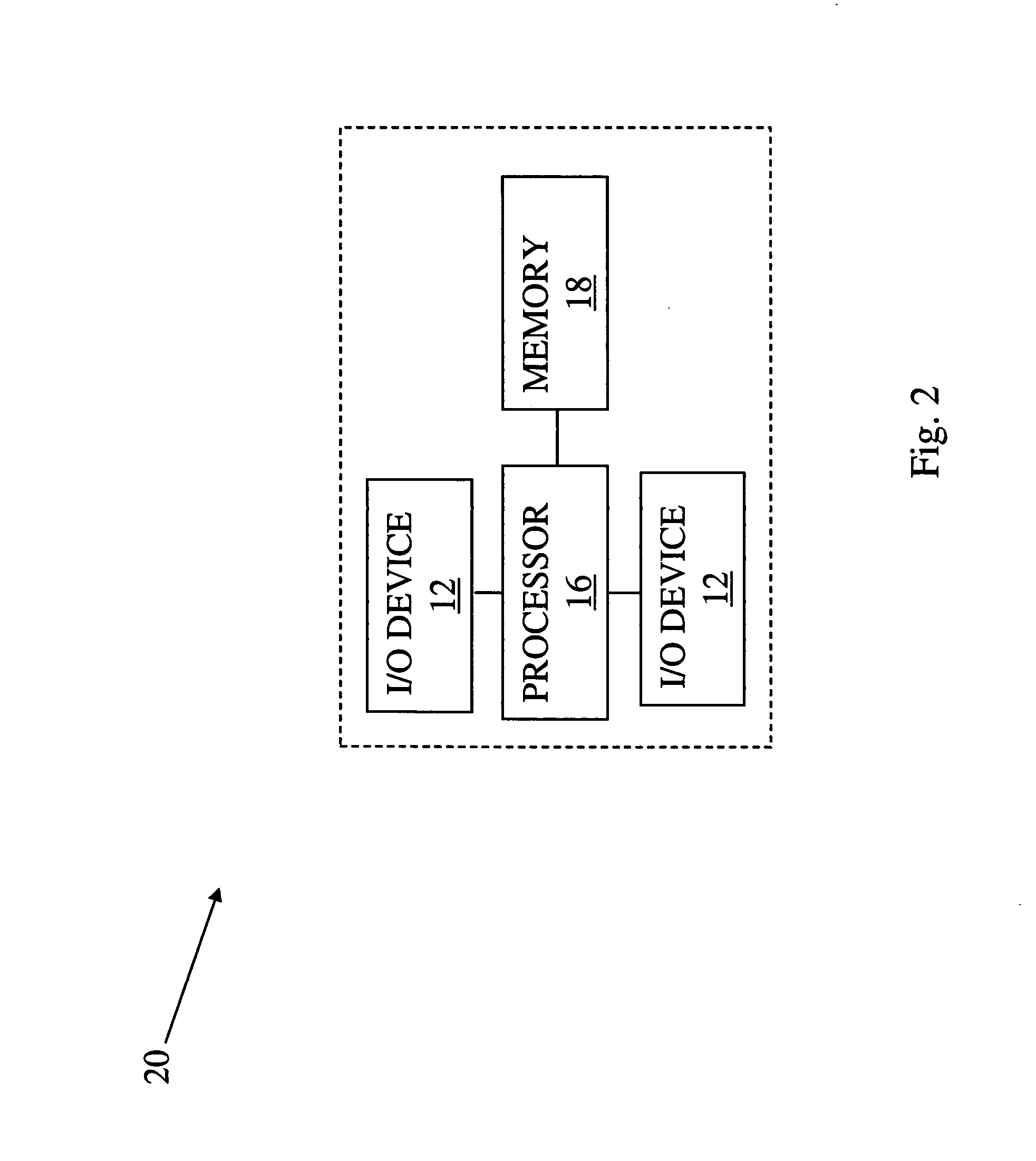Method, apparatus, and system for object recognition, object segmentation and knowledge acquisition
a technology of object recognition and object segmentation, applied in the field of methods, apparatuses and systems for object recognition, object segmentation and knowledge acquisition, can solve the problems of many impressive algorithms for computers, still have trouble with such basic visual tasks, and have not been made to work reliably and generally
- Summary
- Abstract
- Description
- Claims
- Application Information
AI Technical Summary
Benefits of technology
Problems solved by technology
Method used
Image
Examples
experiment 1
Accuracy of Bounding Boxes
[0099]In the first experiment, we tested whether the bounding boxes for objects within an image that are calculated from Peekaboom are as good as bounding boxes people would make around an object in a non-game setting. We selected at random 50 image-word pairs from the data pool that had been successfully played on by at least two independent pairs of people. The images selected all had nouns as their word (as opposed to text in the image, or an adjective, etc.; see FIG. 7). All the images chosen had the word refer to a single object in the image. For each image, Peekaboom data was used to calculate object bounding boxes using the method explained in previous sections.
[0100]We then had four volunteers make bounding boxes around the objects for each image, providing us with 200 bounding boxes drawn by volunteers. The volunteers were asked, for each image, to draw a bounding box around the object that the word referred to. We then selected at random one of th...
experiment 2
Accuracy of Pings
[0104]In the second experiment, we tested whether the object pointers that are calculated from Peekaboom are indeed inside the objects. As in the previous experiment, we selected at random 50 image-label pairs from the data pool that have been successfully played on by at least two independent pairs of people. The images selected all had the word as a “noun” (as opposed to as text in the image, or an adjective, etc.; see FIG. 7). All the images chosen had the word refer to a single object in the image. For each image, Peekaboom data was used to calculate object pointers using the method explained in previous sections.
[0105]We then asked three volunteer raters to determine, for each pointer, whether it was inside the object or not. The raters were shown examples of pointers inside and outside the object and were told that “near an object” does not count as inside the object.
[0106]According to all the raters, 100% of the pointers were inside the object referred to by ...
PUM
 Login to View More
Login to View More Abstract
Description
Claims
Application Information
 Login to View More
Login to View More - R&D
- Intellectual Property
- Life Sciences
- Materials
- Tech Scout
- Unparalleled Data Quality
- Higher Quality Content
- 60% Fewer Hallucinations
Browse by: Latest US Patents, China's latest patents, Technical Efficacy Thesaurus, Application Domain, Technology Topic, Popular Technical Reports.
© 2025 PatSnap. All rights reserved.Legal|Privacy policy|Modern Slavery Act Transparency Statement|Sitemap|About US| Contact US: help@patsnap.com



